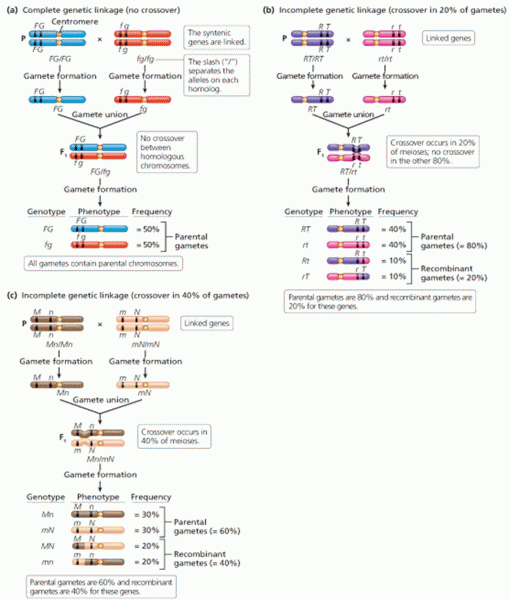Answer to Question 1
Most interviews with children and parents are unstructured. Clinicians use their preferred interview style and format, as well as their knowledge of the disorder, to pursue various questions in an informal and flexible manner. Unstructured clinical interviews provide a rich source of clinical hypotheses. However, their lack of standardization may result in low reliability and selective or biased gathering of information. To address this problem, clinicians sometimes use semi-structured interviews that include specific questions designed to elicit information in a relatively consistent manner regardless of who is conducting the interview. The format of the interview usually ensures that the most important aspects of a particular disorder are covered. An appealing feature of semi-structured interviews, especially for older children and youths, is that they can be administered by computer, something many children find entertaining and often less threatening at first than a face-to-face interview. The semi-structured format also permits the clinician to follow up on issues of importance that may emerge during the interview. For younger children, a semi-structured interactive interview using hand puppets may provide useful information about the child's emotional, behavioral, and peer problems (Ringoot et al., 2013). The consistency and coverage of semi-structured interviews may be offset by a loss of spontaneity between the child and the clinician, especially if the interview is conducted too rigidly.
Answer to Question 2
Usually, the age inappropriateness, severity, and pattern of symptoms, rather than individual symptoms, define childhood disorders. Also, the extent to which symptoms result in impairment in the child's functioning is a key consideration.







